Volusia County fishing report: Face it, you're gonna catch catfish. What do you do next?
Rare is the day you go fishing and don’t have to deal with a catfish. Or six.
To borrow from another pastime, the catfish is the double-bogey of your fishing trip — a regrettable yet inevitable nuisance.
Around here, our two common saltwater varieties are the hardhead and the gafftopsail, known to most as the sailcat — its “sail,” a tall dorsal fin, is what easily differentiates the two.
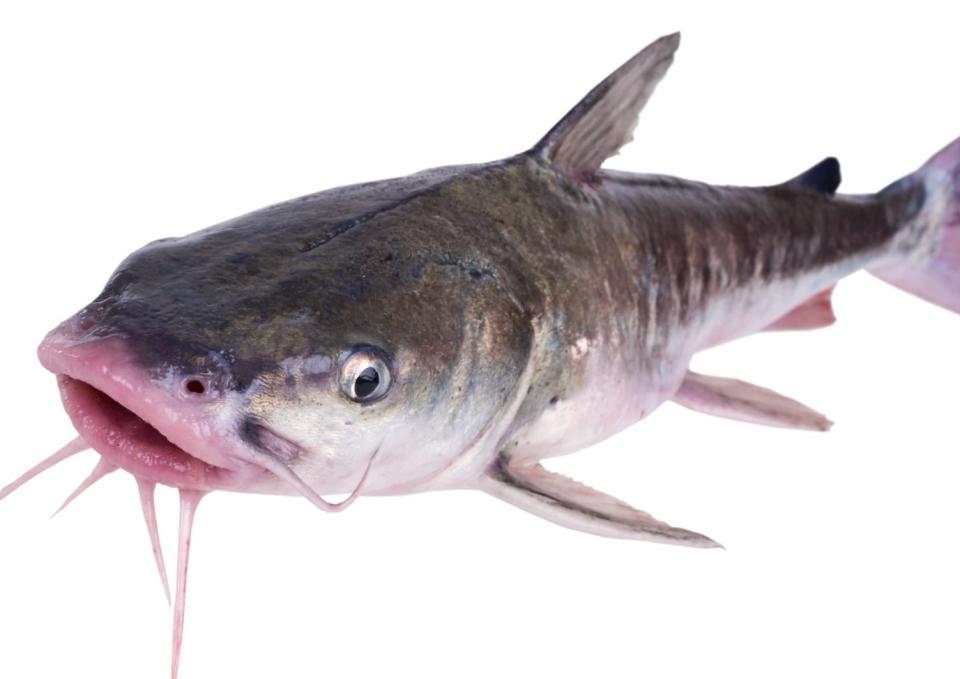
RED SNAPPER: Atlantic's two-day "season" is approaching, so buckle up
FISHBITES: The idea for Fishbites began with young Billy Carr in New Smyrna Beach
Another difference, on the back end of this deal, is that you might consider eating a sailcat if properly cleaned. Generally, you’d have to cloak a hardhead filet in layers of cornmeal before even considering calling it food.
For the newbies and those previously uninterested in learning more about the saltwater cats, we’ve enlisted a few local gurus to enlighten us about these two pains in the aft.
THAT SLIME: Sailcats look sorta cool, but they’re a mess.
“They’re a fun fighting fish, but that’s about it,” says Billy Pettigrew (RedfishTails.com), who fishes the redfish pro tour when not running his local charter. “They’re just so slimy, and you can’t get it off of you — I’ve gotten chunks of slime on my shirts, pants, towels. It’s like a giant snot-rocket.”
Once you’re done with a sailcat, clean that slime off your line before re-baiting and casting again.
“I believe if you don’t get the slime off there, you’re gonna catch more catfish,” Pettigrew says. “But is that true? I don’t know. I don’t know what the fish smell. But for whatever reason, I think it draws more catfish in.”
WHEN TO GIVE UP: No matter what you’re targeting, it’s hard to avoid the catfish. But once you catch another, and maybe another, especially without any quality fish between them, it might be time to find another fishing hole.
“If I’m fishing the river or backwaters, I usually go by the old rule of ‘three in a row, time to go,’” says BJ Taylor (Southern Bred fishing charters). “If I’m on a pier, I’ll try a bait change or rig type to fish a different water column.
“If I’m fishing the surf, I’ll try casting either shorter or longer than I’ve been casting, might even throw at a different angle to get away from them.”
Capt. Jeff Patterson (Pole Dancer charter) has no set rule, but knows when to say when.
“There’s no specific number of cats being caught that runs me out of a spot,” he says. “But if I start catching a bunch back-to-back, there’s a good chance I’m not going to hang out long.”
If given a choice of the two cats, Patterson will take the sailcat, simply for the little bit of fun involved.
“They’re aggressive and actually put up a pretty good fight, as much as I can’t stand them,” he says.
FINALLY, BE CAREFUL: Those dorsal and pectoral fins are weapons, literally. Along with the immense pain, you might have the pleasure of a tetanus shot, along with plenty of other care to keep your wound from becoming infected.
Plenty of veteran fishermen know how to grab a catfish and avoid the razor-sharp fins. Step one: Wait until it stops flopping around wildly.
“You can grab them very carefully behind their pectoral fins to remove the hook,” says Patterson. “You should definitely wait for the fish to chill out and stop wiggling as much before doing that.”
Pettigrew sometimes gives it the largemouth bass treatment with a sailcat.
“With a sailcat, I’ll actually get my hand in their mouth,” he says. “It’s a rough mouth, but you can grab it."
It's not for the meek, however.
"If you go in half-hearted," Pettigrew says, "you’ll learn real quick not to do that.”
For most, the best bet is a fish gripper and pliers. Grip it inside the mouth and set the clamp, and it settles him down rather quickly so you can retrieve your hook.
“The best thing to use is a de-hooker or pair of needle-nose pliers,” says Taylor. “The S-style de-hooker is my personal favorite, but the arc de-hooker works great with practice.”
THE BRIGHT SIDE: Do we have anything good to say about catfish? Of course.
At least they give you those moments of rod-bending anticipation before announcing themselves. And they’ll do it again and again, all day, every day. Or so it seems sometimes.
Halifax/Indian River
If you make it down to the south causeway in New Smyrna Beach, you’ll likely see a few more fishermen than usual. That’ll happen once word spreads of an unlikely great catch in the shadows of that tall bridge.
Local angler JR Walsh got quite a surprise last week when a big fight turned out to be coming from a 30-pound kingfish. Not your typical catch that far beyond the inlet.
Two schools of thought on why big kings are called “smokers.” First, the best way to cook the bigger kings is on a smoker.
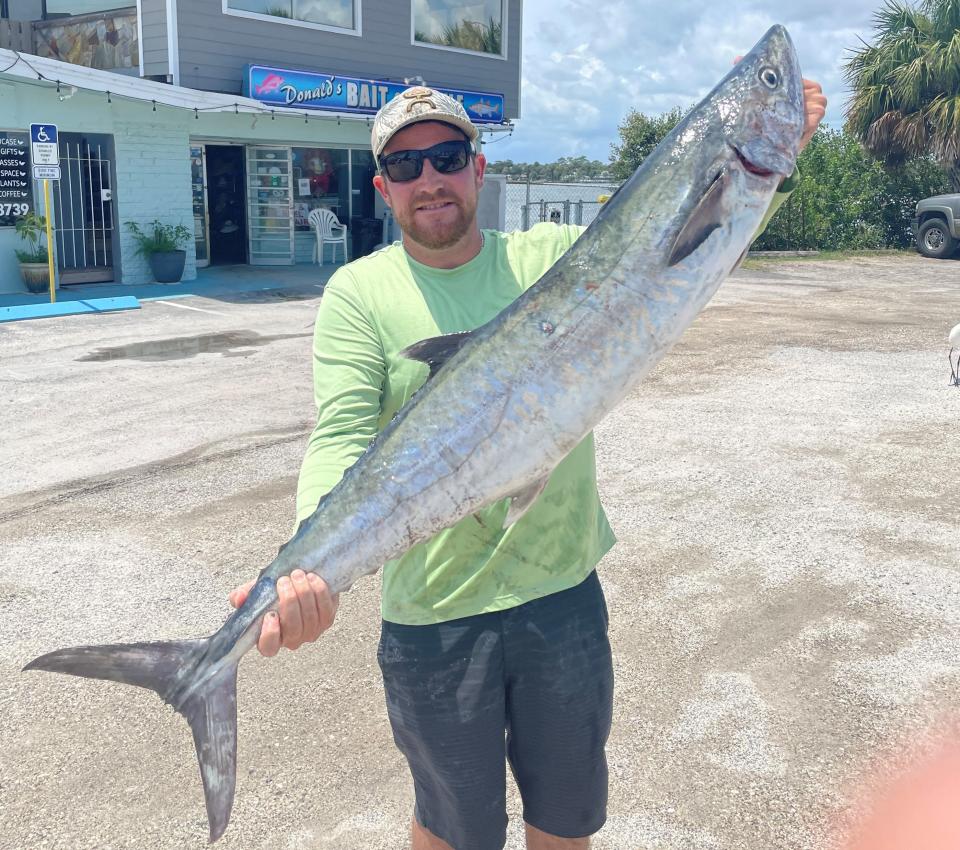
Most, however, say it’s because the ferocious fighters, once hooked, go all bat-outta-hell and practically set your reel on fire as they peel off line.
A bit south of NSB, Capt. Michael Savedow (EdgewaterRiverGuide.com) has been seeing the summer norm (trout, snook, flounder, jacks, mangroves and whiting), and also a few black drum up to five pounds.
Also, Savedow says, “seeing some rolling tarpon, but most won’t bite.”
To the north, at Granada Pier Bait & Tackle in Ormond Beach, Ike Leary says the shrimp are still relatively thick in the river, while the early-morning and evenings around the docks are producing mangroves, reds and flounder.
“Nice flounder,” Ike adds.
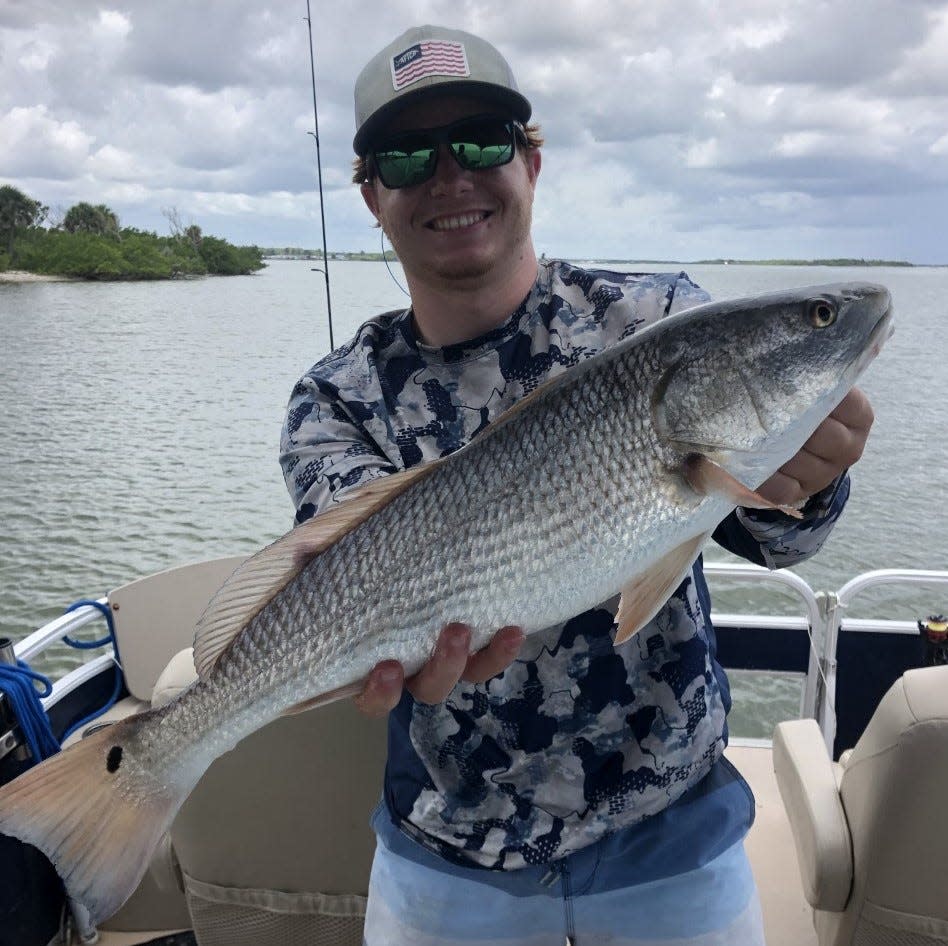
Surf
BJ Taylor says he’s mostly seeing croakers, spots and catfish, but has some tips for those willing to work a little.
“I’ve been finding that running several rods at different depths, until you find a decent school of fish that you’re after, works best,” he says. “Also, downsizing your hooks and leader will also help improve your chance of catching whiting over catfish — along with fresh baits.
“I find dropping from a 20-pound fluorocarbon leader to 12 or 15 pounds, and from a 2/0 hook to a number 2 or 4 circle hook, has been working well.”
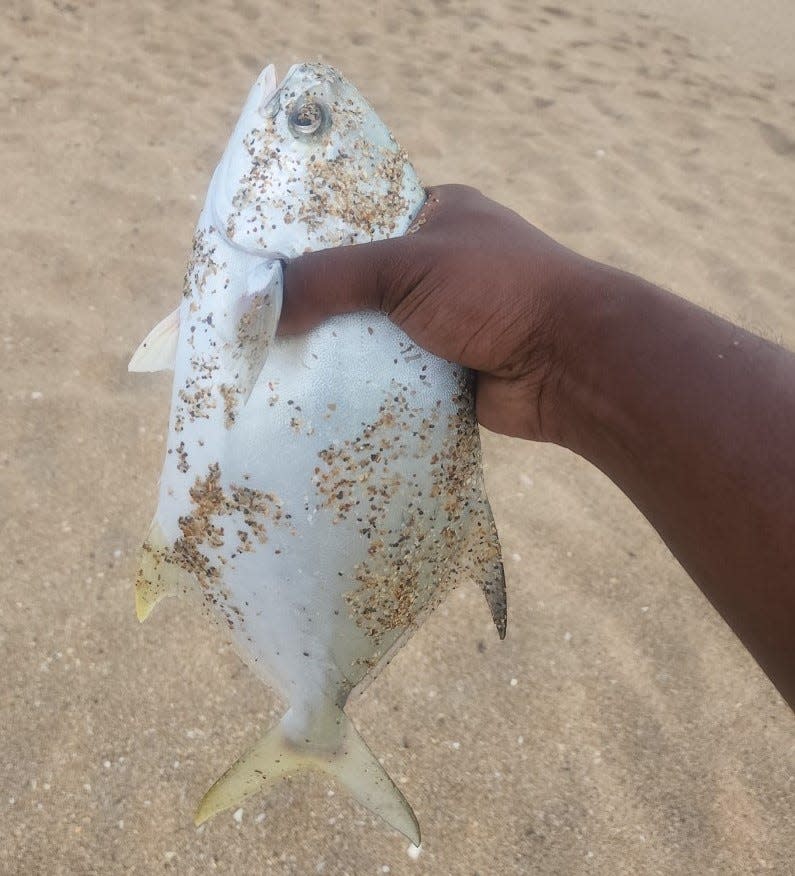
Offshore
Well, it’s here, the two-day red snapper “season,” Friday and Saturday in federal waters (three miles and out). It’s a wide, wide ocean out there but there will be pockets, above natural and manmade structure, where it looks like a boater convention.
In the days prior, there’s been reports of redeyes, triggerfish, amberjack, some grouper, and those lesser members of the snapper family, according to Cody Moore (New Smyrna Outfitters).
Some tilefish and snowy grouper have been found in deeper waters, Cody says. Trolling for pelagic fish (those who like to wander instead of hunkering down on the floor) has brought a mixed but small bag.
“It’s certainly slowing down, as it always does this time of year,” says Cody.
St. Johns
Everybody say hey to Ronnie, the area’s newest cap’n.
Ronnie Paige turned 18 two months ago and is now fully legal in and out of the water as a licensed captain, helping folks catch fish out of Highland Park Fish Camp in DeLand.
On these steamy days, he says, the warmouth are still around, many spawning up near the banks of Norris Dead River, which leads from Highland Park to Lake Woodruff.
Bass? Go deep, where they’re searching for cooler water.
“You can find them in the main river mostly, using shiners,” Ronnie says. “Early morning and late in the day is best.”
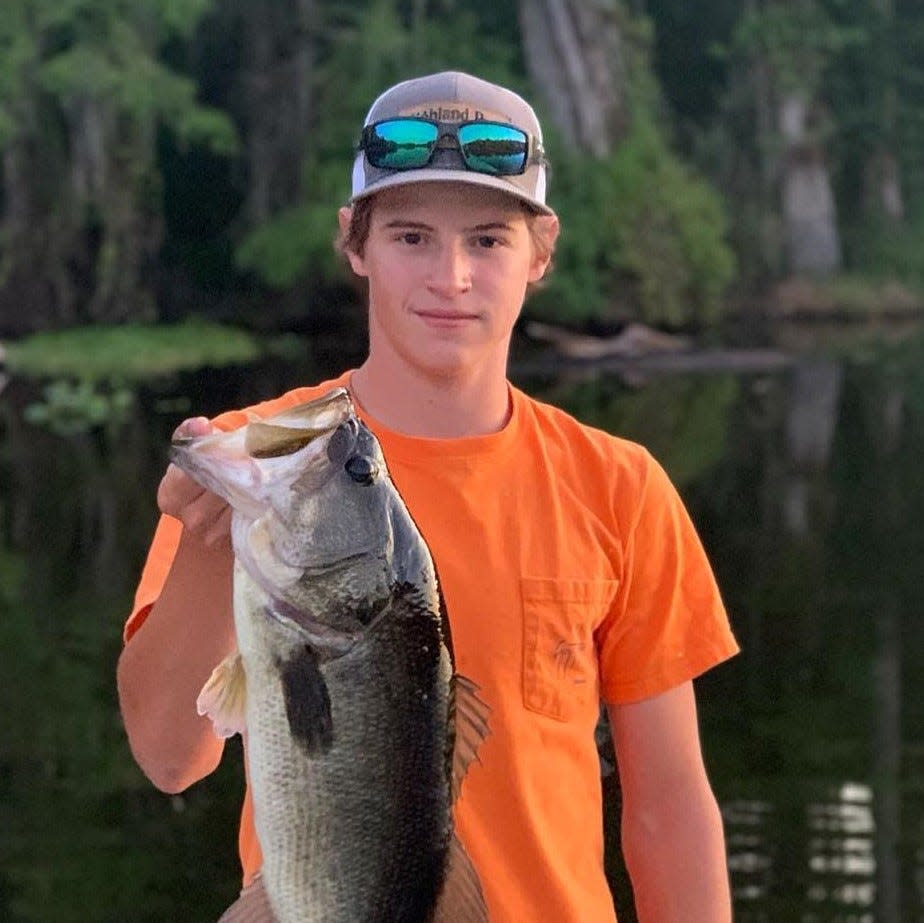
Hook, line and clicker
We want to see your most recent catch. Email your fish photos to ken.willis@news-jrnl.com.
Please include first and last name of angler(s), as well as type of fish (we're occasionally stumped). All are included with our online fishing report, and some occasionally make the print edition.
This article originally appeared on The Daytona Beach News-Journal: Daytona fishing report: Catfish are inevitable. Here's what to do

